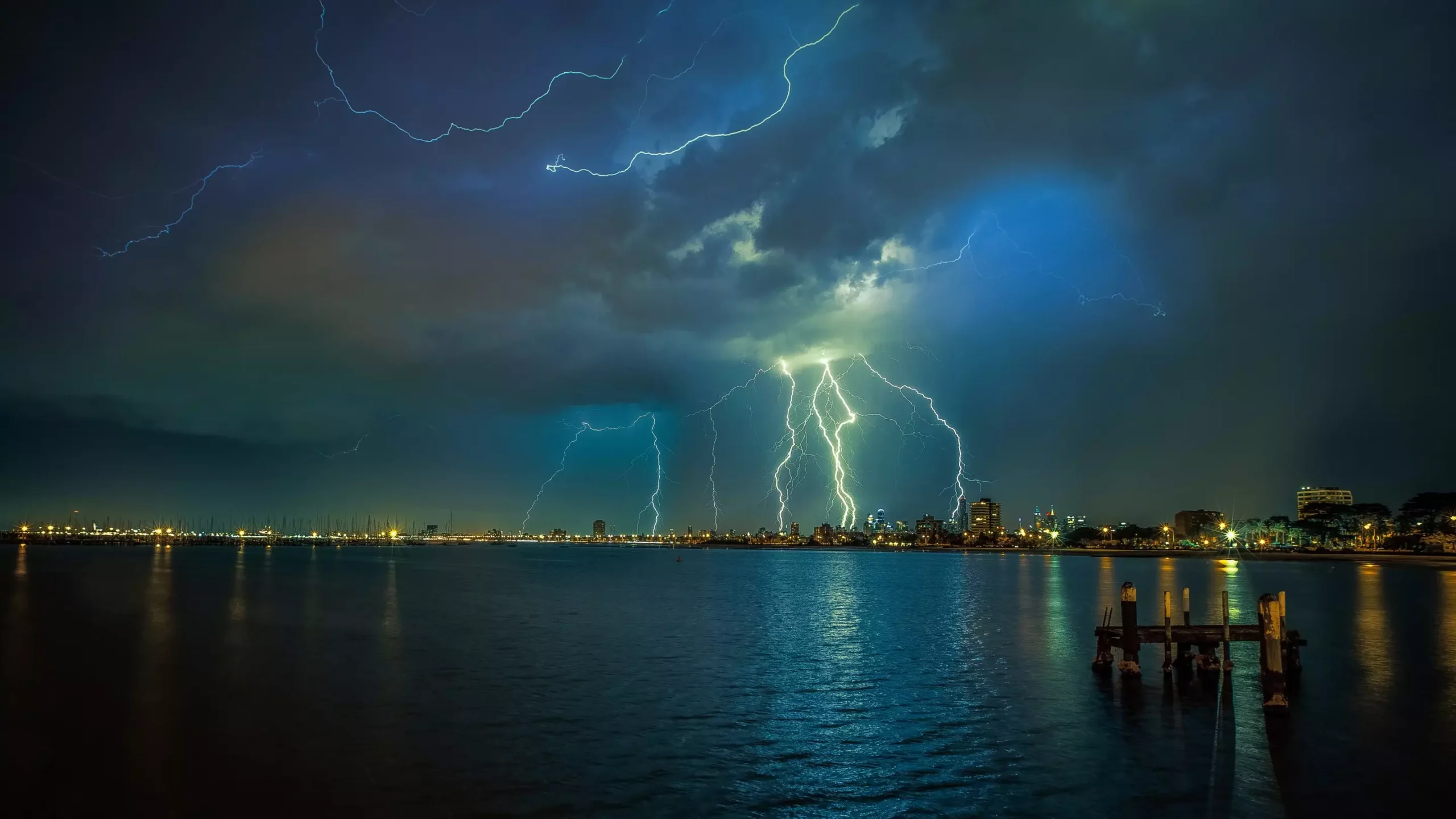Recent research from James Madison University highlights the alarming influence of urban air pollution on the behavior of summertime thunderstorms. This groundbreaking study provides pivotal insights into an environmental crisis, revealing that pollutants can enhance storm conditions, leading to intensified electrical activity and, potentially, more destructive weather phenomena.
At the heart of the study, conducted by geography professor Mace Bentley and his team, lies the concept of pollution serving as cloud condensation nuclei. As the updrafts in a storm system lift moisture and pollutants into the atmosphere, these particles interact with cloud development. The result is a division of electrical charges within the cloud, which fundamentally alters lightning production patterns. The researchers assessed vast data sets from storms in urban locales such as Washington, D.C., and Kansas City, revealing that increased levels of pollution correlate with a rise in cloud-to-ground lightning strikes.
The extensive research involved analyzing close to 500,000 thunderstorms and utilizing over a decade’s worth of lightning data from the National Lightning Detection Network. This empirical evidence illustrates a compelling link between a polluted atmosphere and heightened storm activity, particularly in environments characterized by high instability. The findings carry significant implications for urban planning and environmental policy, suggesting that air quality management may be more crucial than ever in mitigating severe weather risks.
Bentley’s research doesn’t stop at the American Midwest. He is extending his study to Bangkok, Thailand—one of the most densely populated and polluted cities in the world. Preliminary results show that not only does pollution continue to enhance lightning occurrence, but the rates of electrical activity in thunderstorms are even more pronounced in this tropical environment. This raises critical questions about how urban areas worldwide are contributing to the intensification of severe weather events due to pollution.
The implications of Bentley’s findings extend far beyond meteorological interest; they reach into the core of urban sustainability and climate resilience. As cities grow and air quality deteriorates, understanding the relationship between pollution and severe weather becomes paramount. Policymakers and urban planners must consider these weather dynamics when developing strategies for pollution control and disaster preparedness.
Through the lens of Bentley’s research, it becomes evident that urban air pollution is not merely a public health concern, but also a formidable driver of climate instability. As cities grapple with their environmental footprint, recognizing the role of pollution in intensifying thunderstorms is crucial to safeguarding communities from the potentially disastrous consequences of lightning and severe storms. As this line of research expands, it will undoubtedly inform a more holistic approach to tackling both air quality and climate resilience, shaping the future path for cities across the globe.

